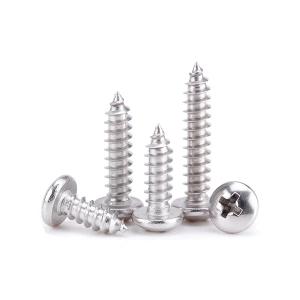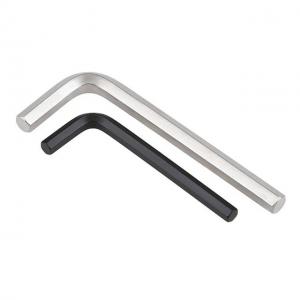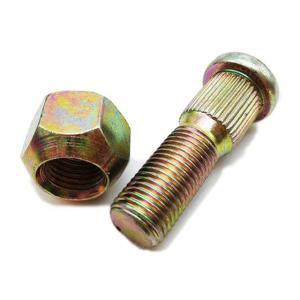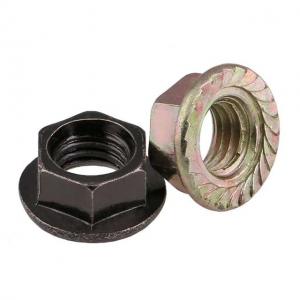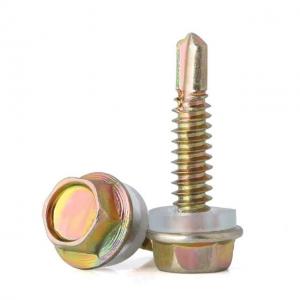Description
Hex flange bolt is a specialized fastener known for its unique design, combining the features of a hexagonal head and an integral flange. The hexagonal head allows for easy and secure tightening using a wrench or socket, ensuring a robust grip during installation and removal. The integral flange, a flat, circular extension beneath the hex head, serves multiple purposes.One key advantage of the flange is its ability to distribute the load over a broader surface area. This design helps prevent the bolt from embedding into the material, minimizing the risk of surface deformation or damage. The flange also acts as a built-in washer, eliminating the need for a separate washer component during assembly. This not only streamlines the installation process but also contributes to overall cost efficiency.Hex Flange Bolts find applications in various industries, including automotive, construction, and machinery. Their design is particularly beneficial in situations where the fastened joint requires additional stability, and resistance to loosening is crucial.
Advantages Of Hex Flange Bolt
Enhanced Load Distribution
The integral flange design of Hex Flange Bolts provides a larger surface area for load distribution. This feature helps prevent surface damage or deformation, making them ideal for applications where a broader distribution of force is essential.
Built-In Washer Functionality
Hex Flange Bolts come with a built-in washer in the form of the flange beneath the hexagonal head. This eliminates the need for a separate washer during installation, streamlining the assembly process and reducing the number of components required.
Anti-Rotation Feature
The flange serves as an anti-rotation feature, preventing the bolt from turning or loosening under vibration or dynamic forces. This is especially advantageous in applications where stability and resistance to loosening are critical for the integrity of the fastened joint.
Versatility In Applications
Hex Flange Bolts are versatile and find applications in various industries, including automotive, construction, and machinery. Their design advantages, such as load distribution and anti-rotation features, make them suitable for a wide range of demanding environments and structural frameworks.
